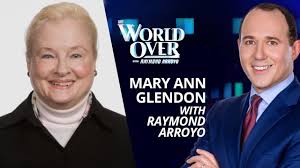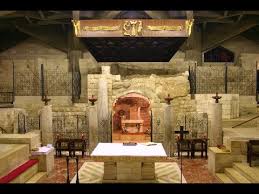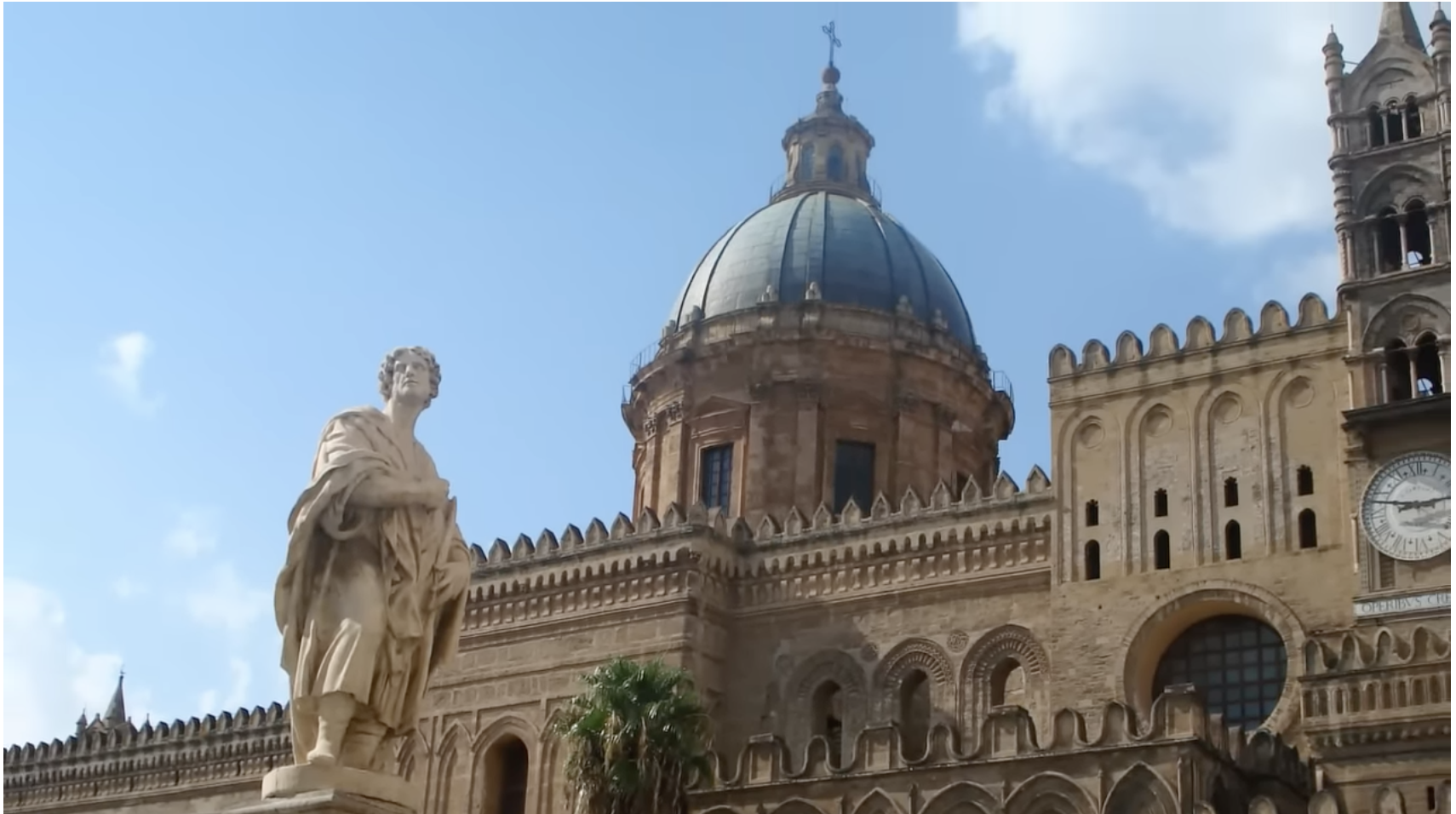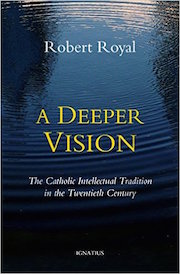I often hear “Your generation destroyed the Church,” from Catholics under the age of 50 – both clerical and lay. And I resent it. I don’t mind owning up to mistakes I have made, but I refuse to be blamed for mistakes I didn’t make. Let me explain.
It was precisely my generation that had our Catholic patrimony ripped from us, and, yes, precisely by the pre-Vatican generation (so extolled by so many young “conservatives”). The dismantling of the liturgy began when I was a freshman in high school; interestingly, the only time I ever got sent to the principal’s office was because I mocked the singing of “Kumbaya” at a school Mass.
In my four years of Catholic high school, we had a different religion textbook each term. Three-quarters of the Sisters who taught me in high school fled the coop, as well as half the priests, thus discrediting themselves and many others as models for commitment to any vocation – marital, clerical or religious.
Entering the seminary just three weeks after Humanae Vitae, I embarked on the worst eight years of my life: heresy in the classroom, a liturgical nightmare, and a moral cesspool – all orchestrated by the pre-Vatican II generation (or at least countenanced by them).
Opposing the lunacy of the seminary scene got me thrown out three months before diaconal ordination as being “unsuited for ministry in the post-conciliar Church.”
When we seminarians challenged problematic statements or practices with counterevidence from the Tradition of the Church, we were told those rebuttals were out of step with the “new” Church. We would have to wait nearly fifteen years for the revised Code of Canon Law (1983) and nearly a quarter-century for the Catechism of the Catholic Church(1992). And who can forget the bowdlerized English translations inflicted on us, which we had to endure for forty years, like the Hebrews of old wandering in the desert?
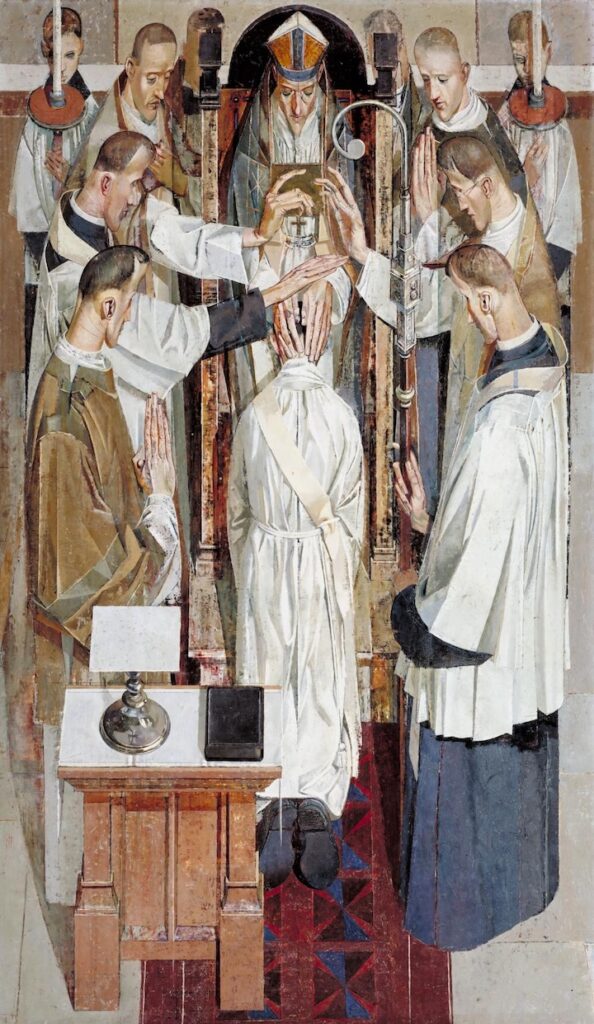
All of which reminds me of a snide remark the late, heretical Father Richard McBrien tossed in my direction during a PBS debate two decades ago: “Father Stravinskas would like the revival of the pre-Vatican II Church. Maybe he’s right. After all, it produced me, and Charlie Curran, and Hans Küng!”
Once we came into our own, it was exactly “my” generation that took up the gauntlet thrown down by Pope John Paul II to reverse course on the madness we had inherited. For four decades and more, people like Robert Lockwood, Francis X. Maier, Robert Royal, Dr. Janet Smith, and Fr. Robert Sirico, among many others, have been in the vanguard of liturgical renewal, the promotion of theological clarity, authentic lay formation, and the restoration of Catholic education.
For which efforts, we were generally persecuted by The Establishment in the 1970s and ignored in the early 1980s. Thanks to John Paul’s appointment of “restorationist” bishops like Pio Laghi, Sean O’Malley, Charles Chaput, William Baum, and John Donoghue to replace the fomenters of dissent like Jean Jadot, Peter Gerety, and John Dearden, the Church in America began to turn the corner into an era of sanity.
The younger generation of American Catholics often succumb to the temptation of engaging in revisionist history. Their frustration with the re-surfacing of the confusion of the 1960s and 1970s in the Francis era not infrequently leads them to blame not only my generation but also John Paul II and even Pius XII!
In mentioning all this I am not seeking accolades for myself or my generation, because I take seriously Our Lord’s reminder to His disciples of the need to say: “We are unworthy servants; we have only done what was our duty.” (Luke 17:10) But please don’t blame us for what we didn’t do. I hold the very same positions today that I did in 1968, for which I was then condemned as a reactionary and now, by not a few hyper-traditionalists, as a liberal!
In third grade, delivering a book report to the class on the North American martyrs, I was asked by Sister Vera if I had learned anything from the work. I replied with gusto, “When I grow up, Sister, I want to be a martyr!” Donning her prophetic mantle, Sister tempered my enthusiasm with a more prudent suggestion, “Perhaps just a confessor!” (Recall the character in Flannery O’Connor who thought she couldn’t be a saint, but believed she could be a martyr, “if they killed her quick.”) By contrast, being a confessor today as always requires the vision and stamina of the long-distance runner.
All generations might do well to reflect often on this perennially true and penetrating meditation by St. John Henry Newman:
God has created me to do Him some definite service; He has committed some work to me which He has not committed to another. I have my mission – I never may know it in this life, but I shall be told it in the next. Somehow I am necessary for His purposes, as necessary in my place as an Archangel in his – if, indeed, I fail, He can raise another, as He could make the stones children of Abraham. Yet I have a part in this great work; I am a link in a chain, a bond of connexion between persons. He has not created me for naught. I shall do good, I shall do His work; I shall be an angel of peace, a preacher of truth in my own place, while not intending it, if I do but keep His commandments and serve Him in my calling.


